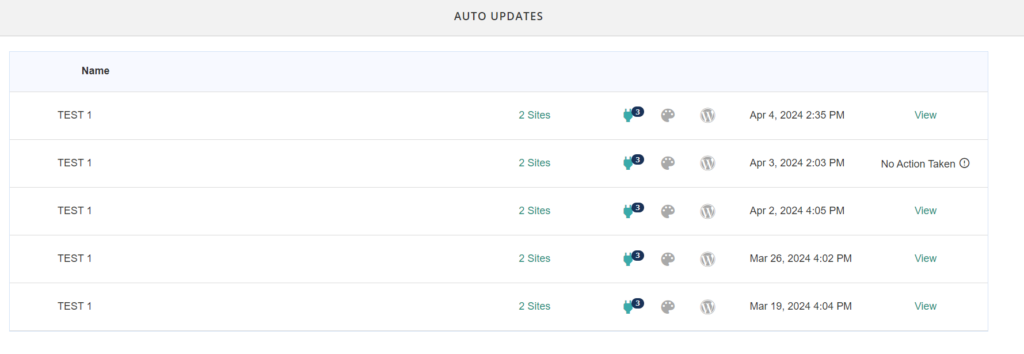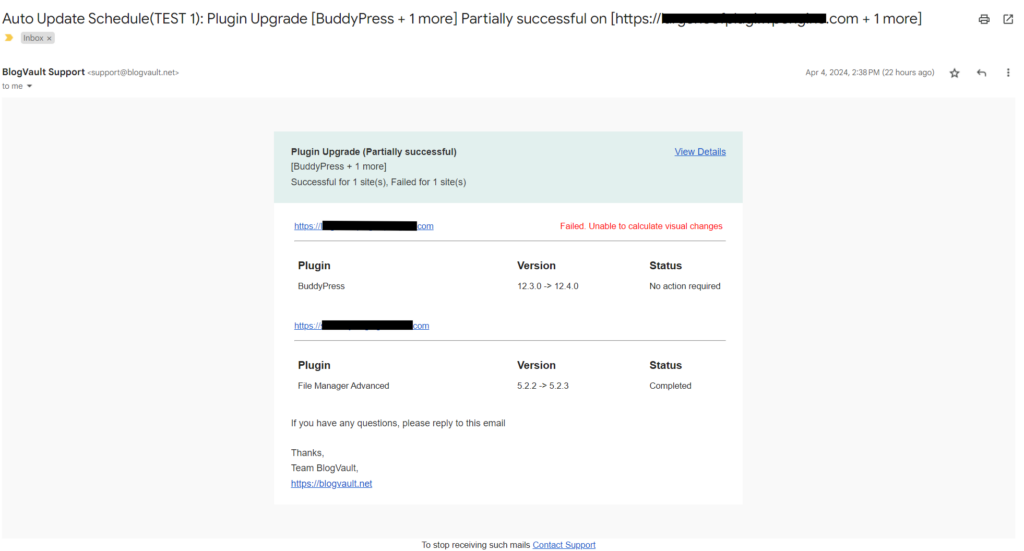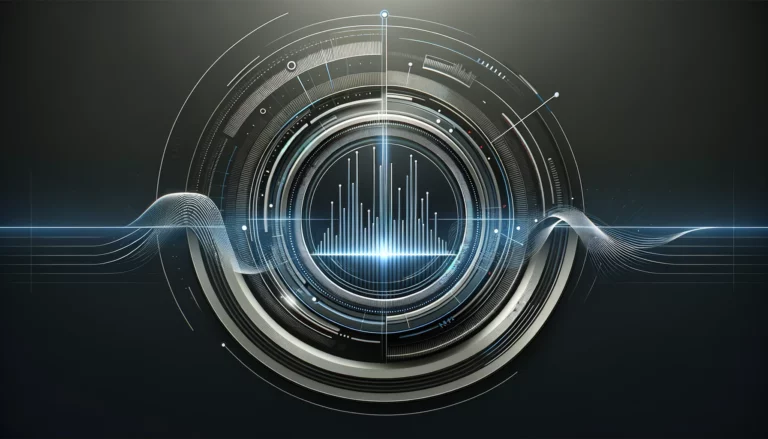WP Remote’s Revamped Auto-Update Feature and Notifications
Spending hours maintaining client sites?
WP Remote will streamline your WordPress maintenance process and save you at least 4 hours every week.

Managing updates on WordPress sites has always been crucial. Each plugin, theme, or core update requires attention to ensure compatibility and security. However, it’s traditionally been quite a task for site owners, especially those managing multiple websites.
WP Remote already makes updates much easier with safe updates, integrated staging, auto-update schedules, and UpdateLens. But what if you could streamline this process even more?
Automatic updates but manual checks?
This is when you turn to automatic updates for plugins and themes. Whether you are managing a single WordPress site or multiple ones, you can set some of the plugins and themes that pose low risks of affecting your site to auto-update on WP Remote.
Great job! Now you are one-step closer to ensuring all your managed sites are secure!
But how do you ensure that the auto-updates are working as expected; that all your sites are up-to-date as a result? By manually checking if the auto-update task has run? Or by sifting through the alert emails and dashboard notifications?
Often, it’s not just about clicking a button; it involves logging into each site and checking notifications. What if you miss an update or a notification? It feels like a never-ending cycle of login-check-repeat. It would be so much easier if all this was more selective and informed.
Smart update execution
This is where WP Remote has significantly advanced how updates are managed with its latest feature. And it all starts with a major change in our update architecture.
Previously, the auto-update task ran regardless of whether updates were actually needed, which could be inefficient. Now, WP Remote smartly checks for available updates first, running tasks only when necessary.
Refined update tracking
Clarity in tracking what has been updated and what hasn’t is paramount. WP Remote’s enhanced architecture now clearly marks on the update history page when no action has been taken, due to the lack of required updates. This means less clutter and more meaningful data. Users get informed about tasks only if there has been an action, streamlining the entire process. Imagine how much clearer your update management will be now!

Enhanced notification system
This is where our latest architectural changes lead to. The update goes beyond simplifying processes; it also enhances how you receive information. Where previously users had to log in to the dashboard to see the details of completed tasks, WP Remote now sends a comprehensive summary directly to your email. This summary includes not just successful updates but also notes failures and cancellations. One concise email to simplify your workflow even further.

Proactive error and success communication
Understanding the outcome of each update action is critical for site management. Our revamped notifications now extend to Slack, where users receive concise information about the status of each update attempt, distinguishing between successes and failures. Previously, notifications only announced the completion of tasks. Now, you will be informed about the specifics in real time, making a significant difference in how you respond to issues.

With these architectural enhancements, WP Remote is transforming WordPress site management into a streamlined, insight-rich process. By ensuring updates are only run when necessary, providing clear and detailed notifications, and improving the visibility of both successes and failures, WP Remote helps you manage your sites more effectively and with less effort.
Tags:
Share it:
You may also like

Never Miss A Domain Renewal Again: Introducing WP Remote’s Domain Monitoring
Domain renewals are another line item in a long list of things to remember. Especially if you have purchased domains for longer terms—think three- and five-year licenses—it is all too…

A Little to the Left: What Would You Do if Your Site Design is Microscopically Different?
We spend a lot of energy getting site design right. And with good reason! Because gone are the days where a bad-looking site with good content (and great intentions) will…

Simplified Email Reporting: Essential Metrics, Straight to Your Inbox
Introduction At WP Remote, we understand the importance of effective communication between agencies and their clients. Keeping clients informed about the work performed on their websites is crucial for building…
How do you manage your websites?
Managing multiple WordPress websites can be time consuming and error-prone. WP Remote will save you hours every day while providing you complete peace of mind.

Managing everything yourself
But it’s too time-consuming, complicated and stops you from achieving your full potential. You don’t want to put your clients’ sites at risk with inefficient management.

Putting together multiple tools
But these tools don’t work together seamlessly and end up costing you a lot more time and money.


